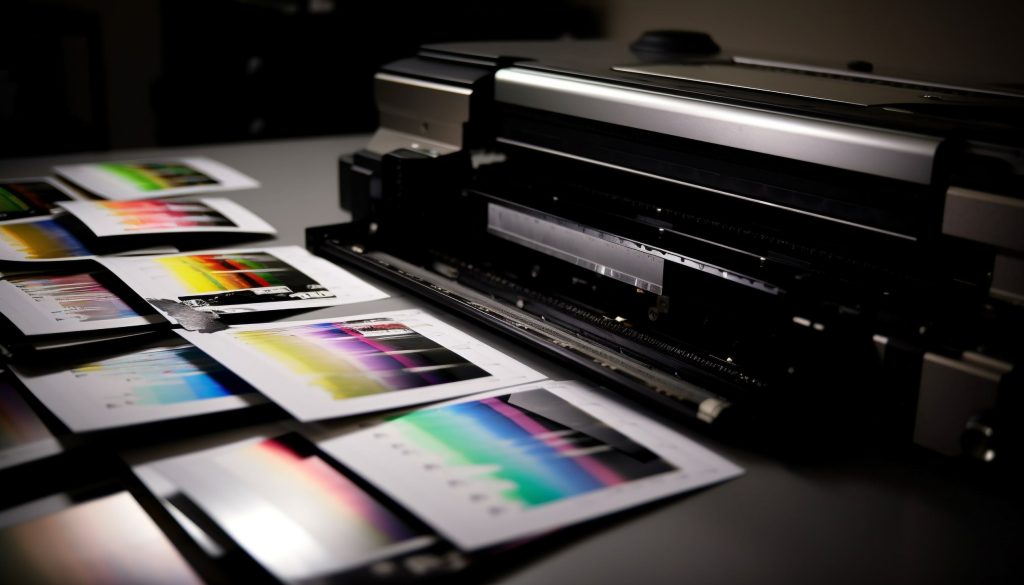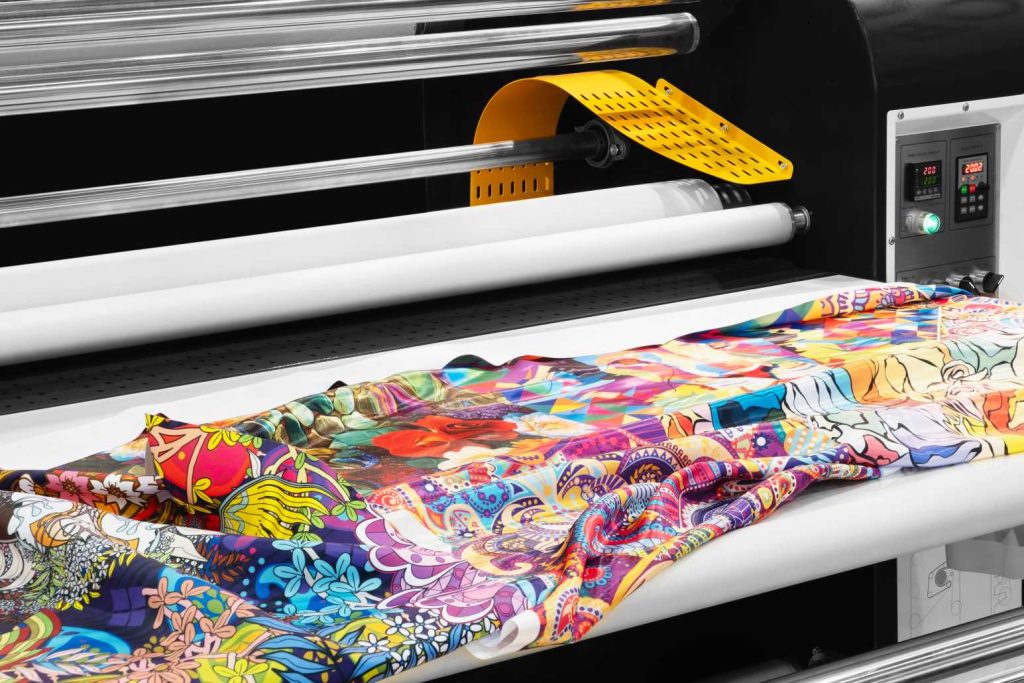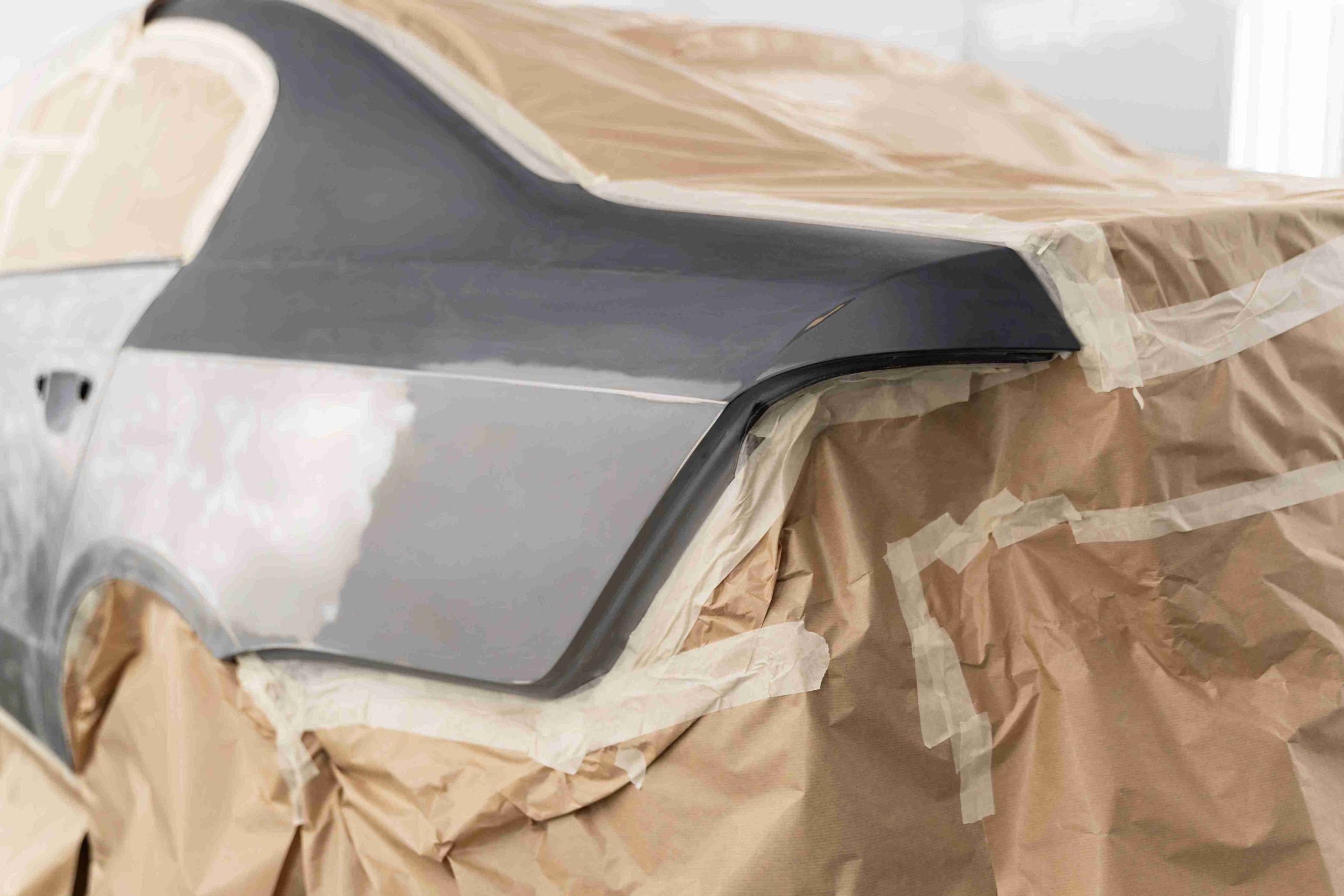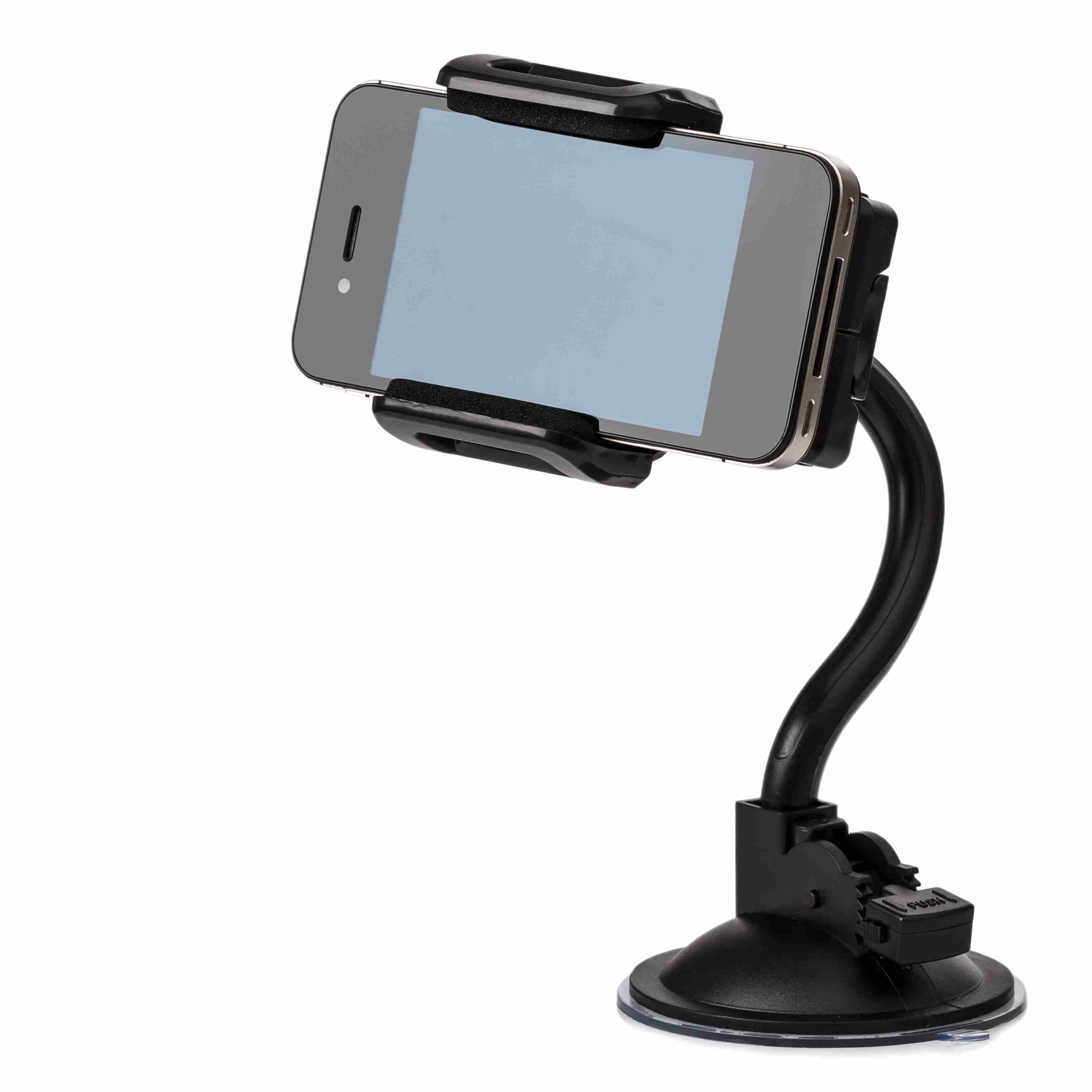Creativity and expression have always played a big role in the relationship between fashion and packaging. Now, technology is having a bigger impact than before on the design of clothes and the way products are shown. One such technology making waves in both industries is the DTF printer, short for Direct to Film printing. With this new method, you can now customize clothes and even the bags used in fashion and cosmetics.
In this article, we will explore what a DTF printer is, how it works, and why it is changing the way brands design and produce clothes and cosmetic packaging bags.
What Is a DTF Printer and How Does It Work?
DTF printing is a new method that is not like screen printing or direct-to-garment printing. Instead of printing directly on fabric, a DTF printer prints the design on a special transparent film. After that, the design is transferred to the fabric or surface with the help of heat and pressure.
The first step is to make a digital design on a computer. The design can be a logo, a pattern, or artwork with many details. The printer applies special water-based inks to transfer the design backward onto the film. After the printing is done, a special adhesive powder is added to the wet ink. The film is heated next, so the powder melts and helps the ink stick to the paper.
After that, the film is transferred to the fabric or material using a heat press machine. Because of the heat and pressure, the ink and adhesive stick to the fabric fibers, which makes the design permanent. Because of this, the prints turn out colorful, detailed, and durable, and they feel soft and stretch along with the fabric.

The Science Behind DTF Printing: Ink, Heat, and Adhesion
For DTF printing to be successful, ink, heat, and adhesion are the most important scientific factors. This is why DTF prints look amazing and last for a long period.
The first step is that DTF printing uses water-based ink that is designed to adhere tightly to both the plastic film and the fabric. After the transfer is done, the ink should still be bright and secure on the surface.
After that, the adhesive powder is used. Thanks to this powder, the ink is held to the fabric when the fabric is heated and the powder melts. The powder is essential, because the design would disappear if it was not there.
Lastly, the heat press machine uses heat and pressure to make sure the ink and adhesive combine with the fabric fibers. It is necessary to regulate the temperature and time to keep the fabric and design safe.
All these features allow the print to be flexible and withstand many washings. That’s why DTF printing is perfect for creating clothes that look impressive and last a long time.
The Rise of Clothes and Cosmetic Packaging Bags in Modern Branding:
Now, packaging is not only used to safeguard products. It has become very useful for branding and marketing. This is especially true for clothes and cosmetic packaging bags. They safeguard the products and also help show what the brand stands for.
Packaging bags for clothes are usually the first thing customers touch when they buy from a brand in the fashion industry. How well-made and stylish these bags are can influence people’s opinions for a long time. Most of the time, they include the brand’s logo, favorite colors, and designs that show the brand’s character.
Likewise, cosmetic packaging bags are necessary to keep creams, makeup, and skincare items safe. Packaging that looks attractive can make a customer believe the product is luxurious, high quality, or sustainable.
With consumer demands rising, brands are looking for packaging that works well and also looks attractive and can be customized. That’s why advanced printing methods such as DTF are now available for brands to make their packaging bags attractive and meaningful.
Function Meets Fashion: What Makes a Good Packaging Bag?
Packaging should be functional and attractive at the same time. It has to keep the product safe and also touch customers emotionally. There are some characteristics that make a packaging bag suitable for clothes and cosmetics.
Here are some features that define a good packaging bag for clothes and cosmetics:
- Durability: Products must be protected from damage while being shipped and handled, so the packaging bags should be strong. This also requires making sure there are no leaks or contamination in cosmetics..
- Material Quality: High-end brands often choose premium or eco-friendly materials like recycled plastics, paper, or biodegradable films. These materials support the brand’s image and environmental goals.
- Design and Print Quality: A bag’s design should be simple, bright, and look attractive to customers. Packaging becomes eye-catching on shelves because of its sharp logos, bright colors, and detailed images.
- Customization: The ability to create unique, branded packaging with logos, taglines, or seasonal designs helps brands connect with customers personally. This also allows for limited editions or special promotions.
- Functionality: Packaging bags ought to be simple to open, carry, seal again, or use more than once. Features that make things easier for customers are appreciated by them.
With DTF printing, you can get high-quality prints that are customized and printed fast and cheaply on a variety of materials.

When DTF Printing Meets Packaging: A New Frontier for Customization
DTF printing is making it much simpler for brands to design their own bags. Unlike the traditional way of printing, DTF printing does not require a big initial order and is easy to change the design.
For instance, a brand selling clothes can give out limited edition packaging bags for a new collection or holiday sale without spending more. Cosmetic companies can add bright logos and colorful designs to their packaging bags to draw customers and make their brand more recognizable.
Some of the benefits of DTF printing for packaging are:
- Vivid Colors and Fine Details: The prints are sharp and vibrant, helping packaging grab attention.
- Versatility: DTF printing works on different bag materials. For example, plastic films, fabric, or paper.
- Speed: Designs can be changed or updated quickly. This keeps the packaging fresh and relevant.
- Cost-Effectiveness: Smaller print runs reduce waste and save money.
Firms that use DTF printing can attract customers with eye-catching and unique packaging that appeals to them.
Conclusion:
The field of fashion and packaging is being changed by new technology. The DTF printer is a perfect example of how science and innovation come together to create new opportunities for brands. DTF printing enables brands to display their identity attractively and for a long time on both clothes and packaging bags.
Clothes and cosmetic packaging bags are no longer just containers—they are an extension of the brand’s story. Thanks to DTF printing, brands have the ability to customize these bags that used to be too difficult or costly.
As the technology grows, it will bring about more creative and interesting ideas in fashion and packaging. If you are involved in design, own a brand, or just like technology, DTF printing demonstrates the role science plays in setting current and future trends.




